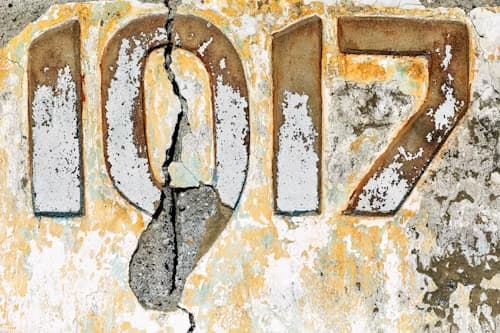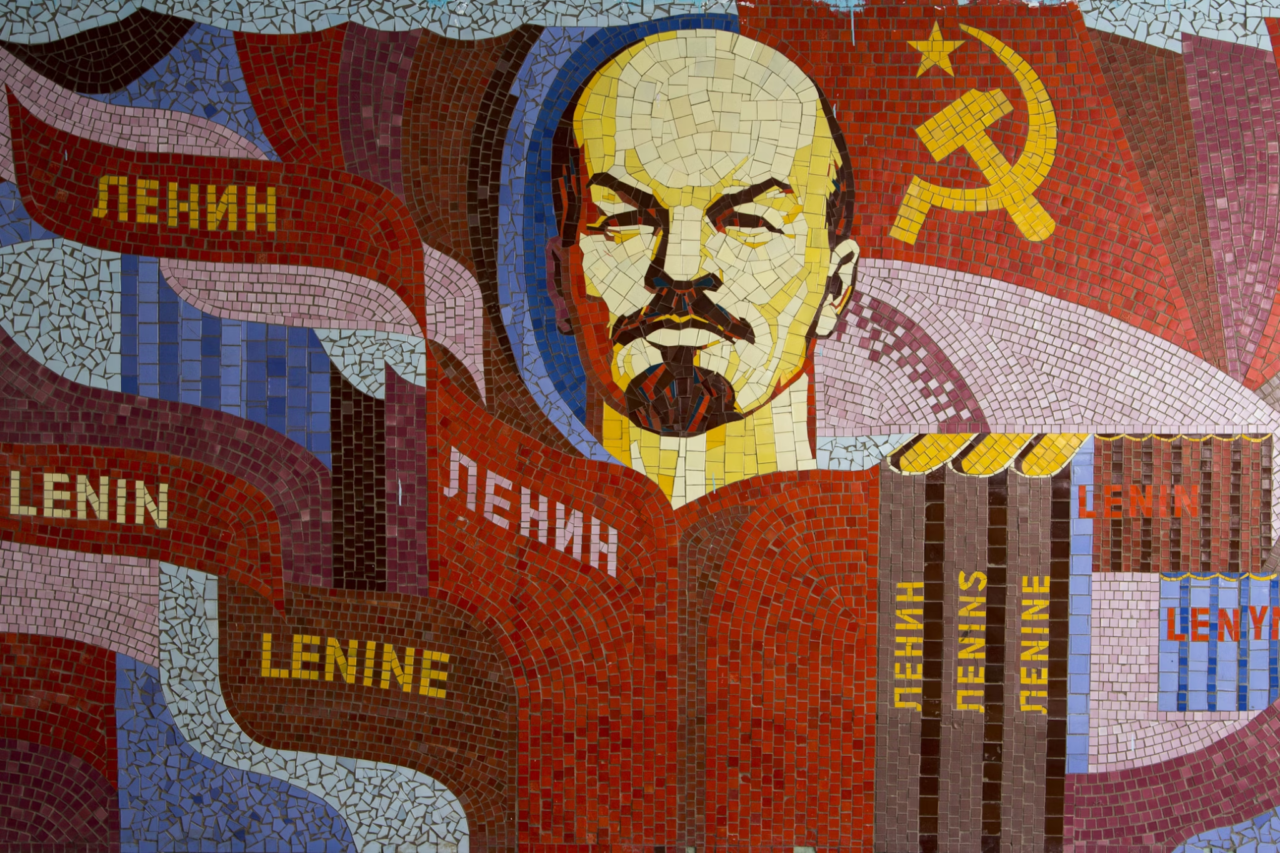
What happened after the October Revolution? I’ve uncovered various pivotal outcomes in my research into the October 1917 Revolution, a seismic event that reshaped the geopolitical landscape. This analysis aims to provide a thorough overview of those results, focusing on the significant shifts in political, social, and economic paradigms within Russia and beyond.
Global Impact of the Russian October Revolution of 1917
The effects of the Russian Revolution were far-reaching, influencing global politics and ideologies for decades. My studies have shown that the emergence of the Soviet Union as a major world power prompted nations worldwide to reassess their social policies and diplomatic relationships. Additionally, the October Revolution ignited a series of socialist movements across Europe and Asia, demonstrating the spread of communist ideals. It catalyzed the rise of leftist parties and revolutions in countries seeking similar transformations, altering the course of their histories. The ideological battle between communism and capitalism became a defining element of the 20th century, shaping the Cold War’s dynamics.
- Rise of socialist movements in Europe and Asia.
- Reassessment of social policies by nations worldwide.
- Intensification of ideological battles between communism and capitalism.
As we reflect on the October 1917 Revolution, it becomes clear that its influence extended beyond the borders of Russia, shaping global political, social, and economic landscapes. My investigation of this pivotal event reveals a monumental historical shift and a lesson on the enduring impact of revolutionary ideas. The revolution’s legacy continues to inform contemporary debates and policies, underscoring its significance in world history.
Consolidation of Bolshevik Power
The Bolsheviks, led by figures like Lenin and Trotsky, rapidly consolidated power following the revolution. This period was marked by the dismantling of the provisional government and the suppression of political dissidents, which I found to be a critical phase in the establishment of Bolshevik control. The Bolsheviks implemented several key policies to centralize their control. They also nationalized industries and implemented strict party control over the economy, which were moves designed to solidify their grip on power. Furthermore, they convened the All-Russian Congress of Soviets, positioning this body as the supreme governing authority under their leadership.

Social and Economic Changes
The effects of the Bolshevik Revolution initiated profound social and economic reforms. The land was redistributed to the peasantry, and workers’ councils took over factories. From my analysis, these changes seemed to fulfill many of the revolutionaries’ promises, although not without causing significant disruption and resistance. The revolution also led to significant changes in education and healthcare systems, as the Bolsheviks sought to extend literacy and medical care across the vast Russian Empire. They abolished all legal distinctions between classes, aiming to create a classless society that they believed would be more equitable. Moreover, the government launched ambitious programs to promote industrial growth and improve infrastructure, dramatically altering the urban landscape.
- Extension of literacy and healthcare.
- Creation of a classless society by abolishing legal class distinctions.
- Promotion of industrial growth and infrastructure improvements.
As I have observed, these changes were aimed at restructuring the societal order to align with socialist ideals, despite the challenges and resistance they faced. This transformative era not only reshaped Russia’s social and economic landscapes but also set the stage for further revolutionary changes globally, highlighting the profound and enduring effects of the 1917 revolution.
Civil War and Foreign Intervention
The period following the revolution spiraled into a brutal civil war, exacerbated by foreign intervention from powers such as the United States, Britain, France, and Japan. My research indicates that this conflict was instrumental in defining the future of Soviet governance and its military strategies. The civil war tested the resilience of the Bolshevik regime and served as a crucible for developing the Red Army. The Bolsheviks’ eventual victory solidified their rule and allowed them to implement their revolutionary agenda without compromise. This period also saw the Bolsheviks’ use of propaganda to garner support and discredit their opponents, a tactic that proved essential in maintaining morale and control during tumultuous times.
Creation of the Soviet Union
In 1922, the Union of Soviet Socialist Republics was formed, consolidating Bolshevik power further and creating a new federal structure. This was a direct outcome of the Bolsheviks’ victory in the civil war, a crucial turning point I identified in my studies. The establishment of the Soviet Union marked the definitive end of Russian Revolution, transitioning the country from revolutionary upheaval to structured governance under communist ideology. This new union brought together diverse ethnic groups under a centralized administration, which was pivotal in managing the vast territories of the former Russian Empire. Moreover, the creation of the USSR signified a shift from provisional revolutionary bodies to a more permanent government structure, emphasizing the Bolsheviks’ commitment to their vision for a socialist state.
Conclusion
The Russian October Revolution of 1917 was a watershed moment that ended centuries of tsarist rule and introduced a new communist ideology that would influence global affairs profoundly. The results of the Russian Revolution, as I have discovered, include the creation of the Soviet Union, extensive social reform, and a redefined international presence of Russia.
FAQ
What was the result of the Russian Revolution in 1917?
The revolution led to the establishment of communist rule in Russia, fundamentally transforming the country’s political and social structure.
Why was the October 1917 revolution a success?
In my experience examining historical patterns, the revolution’s success stemmed from the Bolsheviks’ ability to address the desires of the masses and effectively seize and consolidate power amidst chaos.
What was the outcome of military conflict Russian Revolution of 1917, and how did it impact the rule of the absolute monarchs in Russia?
The immediate outcome was the abolition of the monarchy. My analysis shows that this profoundly affected the dismantling of the traditional structures of Russian governance, replacing them with ideologically driven communist rule.